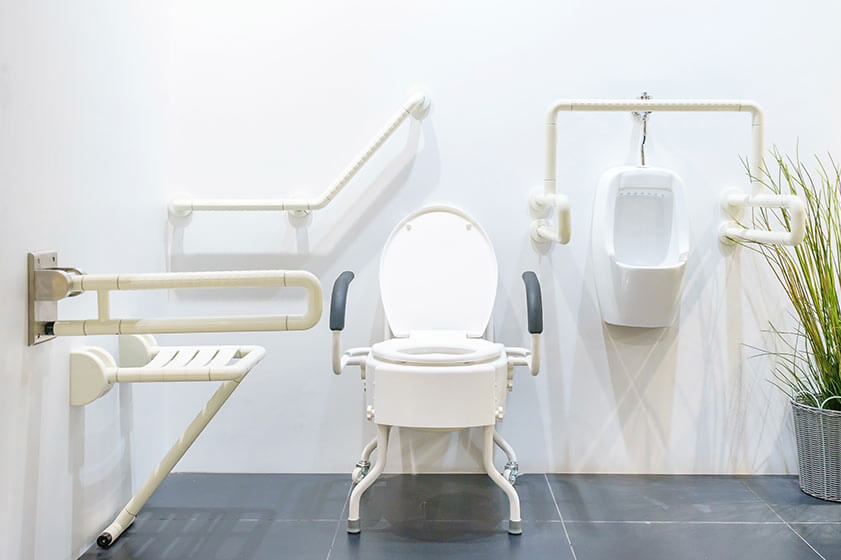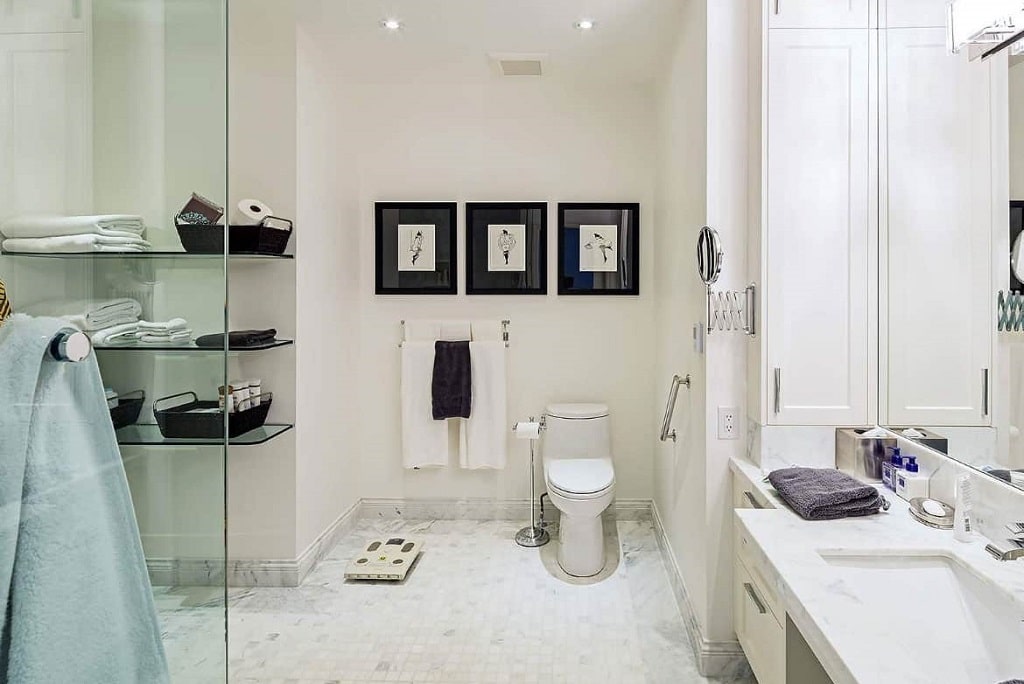As we age, simple tasks can become increasingly challenging. For many, using the bathroom is one such task. Commodes for elderly individuals are designed to provide a safe, convenient solution, allowing seniors to maintain their dignity and independence. This article explores the various types of commodes available, their benefits, and how to choose the right one for your needs.

Understanding the Need for Commodes
With age, mobility issues become more common. These can arise from various health conditions such as arthritis, balance disorders, or after surgeries. In such cases, commodes serve as an essential aid for those who find it difficult to reach the bathroom in time, providing a convenient alternative for personal hygiene.
Benefits of Using a Commode
The primary benefit of a commode is increased safety. It reduces the risk of falling by eliminating the need to travel to the bathroom, especially during the night or when feeling unwell. Additionally, commodes offer a sense of independence, allowing elderly people to manage their personal hygiene with minimal assistance.
Types of Commodes Available
There are various types of commodes designed to meet different needs. Choosing the right one can significantly enhance comfort and convenience.
Standard Commodes
These are basic models that resemble a chair with a toilet seat. They are portable and can be placed next to the bed for easy access.
Drop Arm Commodes
Drop arm commodes have arms that can be lowered to facilitate easy transfers from a wheelchair or bed. This feature is particularly useful for caregivers.
Shower Commodes
These are waterproof and designed for use in the shower, providing a seating option for those who may not be able to stand for long periods. Shower heads can enhance the shower experience for seniors.
Bariatric Commodes
Bariatric commodes are designed to support higher weight capacities, ensuring safety and comfort for all users.
Features to Consider When Choosing a Commode
When selecting a commode, consider the following features to ensure it meets your specific needs:
Adjustable Height
Look for commodes with adjustable legs to allow customization for the user’s height, ensuring comfort and safety.
Weight Capacity
Check the weight capacity to ensure it can safely support the user. For those requiring extra support, bariatric models are recommended.
Portability
Consider whether the commode needs to be moved frequently. Lightweight and foldable options are ideal for travel or storage.
The Importance of Proper Maintenance
Maintaining a commode is crucial for hygiene and longevity. Regular cleaning with appropriate disinfectants will prevent odors and bacterial buildup. Commodes should also be checked frequently for any wear or damage to ensure continued safety.
Regular Cleaning
Ensure the commode is cleaned after each use. Use mild cleaning agents to avoid damaging the materials.
Inspection
Regularly inspect the commode for any signs of damage or wear. Replace any broken parts immediately to maintain safety.
Integrating Commodes into Daily Life
Integrating a commode into daily life involves more than just purchasing the right model. Families and caregivers should ensure that the user feels comfortable and confident using it.
Educating the User
Take the time to explain how the commode works and ensure the user can operate it independently.
Positioning
Place the commode in a convenient location, such as next to the bed or in a quiet, private area. Consider accessibility for both the user and the caregiver.

FAQs about Commodes for the Elderly
How often should a commode be cleaned?
Ideally, a commode should be cleaned after every use to maintain hygiene and prevent odors.
What is the best type of commode for someone with limited mobility?
For those with limited mobility, a drop arm commode or one with a transfer feature is ideal as it allows for easier transfers from a wheelchair or bed.
Can commodes be used in the shower?
Yes, shower commodes are specifically designed to be waterproof and can be used safely in the shower.
For more detailed information on senior safety and care, visit this resource.
Additionally, if you’re interested in learning about other products that can help enhance bathroom safety, consider exploring bathroom safety assessments.
This article contains affiliate links. We may earn a commission at no extra cost to you.

